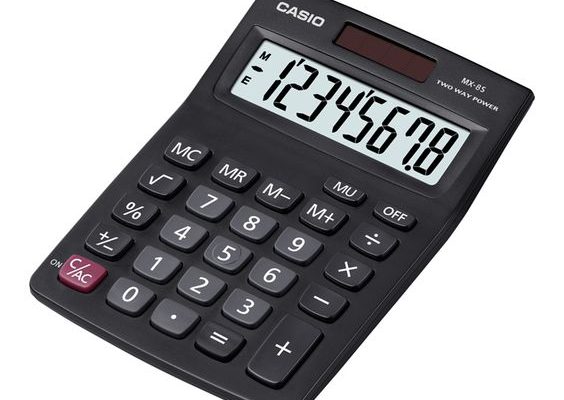How to Fake Fingerprints: 13 Steps

Faking fingerprints, though an ethically gray area, has often been a subject in crime fiction and spy movies. Technology has advanced significantly; fingerprint identification is now prevalent in smartphone security and the criminal justice system. Nevertheless, it’s interesting to explore this concept and to understand how it could be achieved. The following steps will guide you through the process of faking fingerprints.
Note: This article is for educational purposes only. Misusing the information provided in this article can result in serious legal consequences.
1. Study the original fingerprint: Begin by obtaining a clear image of the fingerprint you want to replicate. Studying its unique patterns and characteristics is crucial to creating a convincing fake.
2. Make a mold: Create a mold of the original fingerprint using silicone rubber with dental stone or similar material that can capture fine details.
3. Apply talcum powder: Dusting talcum powder on the mold helps highlight the ridges and furrows of the fingerprint, making it easier to see.
4. Create a negative mold: Using latex or casting material, make a negative mold from your first mold by pouring it over the fingerprint imprint and letting it harden.
5. Fill negative mold with glue: Fill this new negative mold with liquid cyanoacrylate (superglue) or polymer clay that can harden into a solid yet flexible material.
6. Remove glue cast carefully: Once the glue hardens inside the mold, gently remove it without damaging the intricate ridges of your new replica print.
7. Trim excess material: Trim away excess glue from your fake fingerprint using a sharp implement like a razor blade or scalpel.
8. Ensure flexibility: Make sure that your fake fingerprint is flexible enough to wrap around surfaces where it needs to be applied, such as a finger.
9. Attach fake fingerprint to applicator: Position and attach your fake print onto an applicator, like a faking pen or a fake finger, that can help you apply the print to a surface.
10. Apply fake print: Press down your fake fingerprint gently and steadily onto the surface or scanner you wish to leave the imprint on.
11. Adjust pressure and angle: Slightly adjust pressure and the angle of contact to ensure that the fingerprint leaves a clear and natural impression on the surface.
12. Remove applicator: Carefully remove the applicator from the surface so that nothing tampers with your newly applied fake print.
13. Test it out: Test your fake fingerprint by trying to unlock a fingerprint-secured device, gain access to a secure area, or see if it matches that of the original.
By following these 13 steps meticulously, it’s possible to create a convincing fake fingerprint. Remember that tampering with security measures and using someone else’s fingerprints can lead to legal trouble. This article is for educational purposes only, and no encouragement is given for engaging in unlawful activities.






